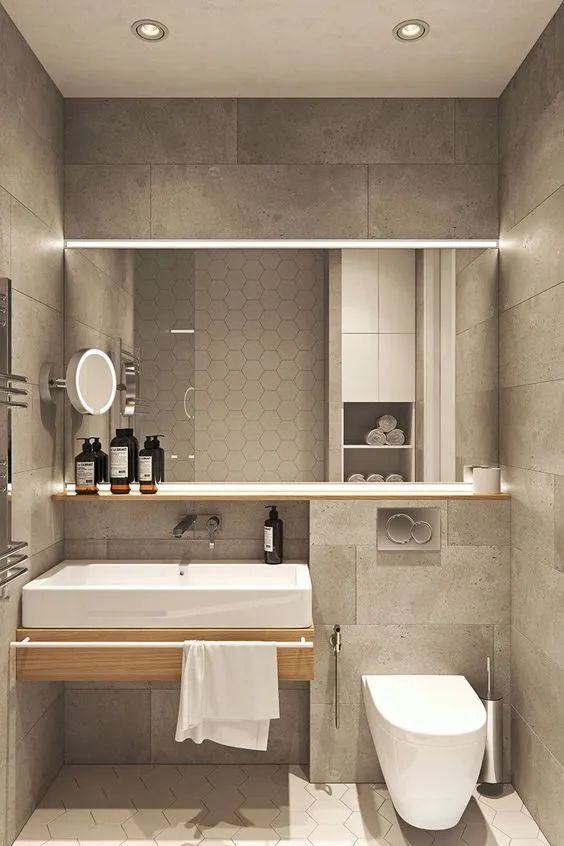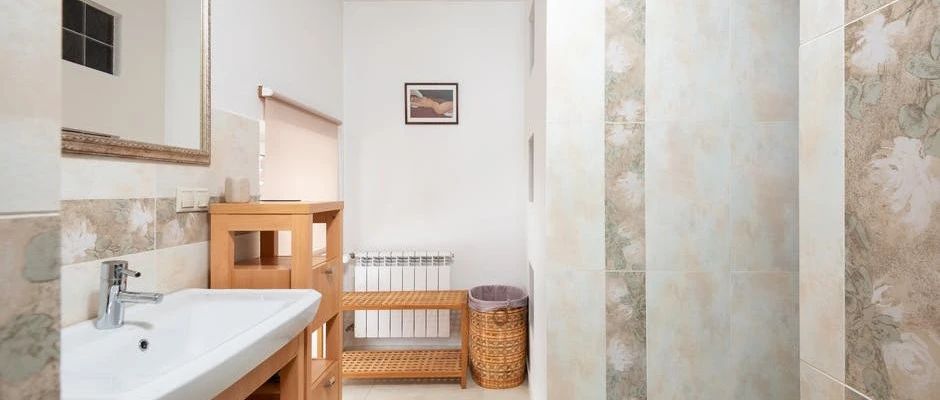โรงเรียนธุรกิจห้องน้ำ
ล่าสุด, the global price of natural gas has seen a relatively large increase. The price of domestic natural gas surpassed $5,400 per ton, a price increase of over 100% over the same period the previous year. Natural gas-rich U.S. prices also hit the highest level in nearly 10 ปี. Since this year, the price of raw materials rose sharply, combined with the current round of natural gas prices on the leap, the production costs of sanitary ware companies further increased. A new wave of product price increases or is already in the pipeline.
According to the National Association of Realtors (NAR) data, after four months of decline, as housing inventory continues to improve, in July, the United States achieved a second consecutive month of growth in sales of manufactured homes. In July, total sales of existing homes, including single-family homes, townhouses, condominiums and co-ops, rose 2.0 percent to a seasonally adjusted annual rate of 5.99 million units. Compared to the same period last year, sales were up 1.5 percent from a year ago.
อย่างไรก็ตาม, higher construction costs and a shortage of supply, along with rising home prices, pushed builder confidence to its lowest level since July 2020, according to the Housing Market Index (HMI) released by NAHB. In August, builder confidence in the new single-family housing market fell to 75. NAHB Chairman Chuck Fowke said, “Buyer traffic has fallen to the lowest level since July 2020 as some potential buyers are experiencing price shocks due to rising construction costs. Policymakers need to find solutions to long-term supply chain issues.”
According to a report from the U.S. Department of Housing and Urban Development and the U.S. Census Bureau, supply chain and labor shortages have led to a 7.0 percent decline in overall housing starts to a seasonally adjusted annual rate of 1.53 million units. If this situation continues in the coming months, it will affect the consumption of bathroom goods.
Prior to the outbreak, the U.S. Census Bureau’s Survey of Construction (SOC) showed a change in the number and share of bathrooms and half-bathrooms in new single-family homes started in the U.S. ใน 2019. According to the data, 4 percent of new single-family home starts had one bathroom or less. 64 percent of new single-family homes had 2 bathrooms, 25 percent had 3 bathrooms, และ 8 percent had 4 bathrooms or more.
The survey shows that the percentage of new single-family homes with less than 1 bathroom or more than 2 bathrooms increased compared to 2018, but the percentage of new single-family homes starting with 3 or 4 bathrooms or more decreased. นอกจากนี้, the share of new homes with 2 bathrooms consistently outpaced other per-unit bathroom categories. The share of single-family homes with 3 or more bathrooms has generally declined. This is associated with an increase in median sales and contract prices per square foot. As construction costs increase, builders are finding it more prudent to install new single-family homes with fewer bathrooms.
According to the data, a greater percentage of single-family homes in the higher end of the scale have three or four bathrooms or more. Conversely, there are fewer bathrooms in single-family homes in the lower tiers. ใน 2019, 62 percent of new single-family homes less than 1,200 square feet have one or fewer bathrooms. In the next tier of single-family homes, 90% of new homes between 1,200 และ 1,599 square feet in size have 2 bathrooms. ในที่สุด, there is a shift to the highest tier of home size, which is the size of homes with more than 5 bathrooms. 2019 SOC data shows variation in the number of bathrooms by census sector. New homes with three or more bathrooms started in 2019 คิดเป็น 32 percent of all new single-family homes started, down from 34 percent in 2018.
Previously, NAHB had made optimistic estimates for consumer spending on bathroom goods in the U.S., which is expected to reach $89 พันล้านใน 2021, said Danushka Nanayakkara-Skillington, assistant vice president of forecasting and analysis at NAHB: “Builders are slowing construction activity as costs rise. Construction started on a good footing this year, but in recent months some projects have been forced to pause due to material availability and costs.”
Continued supply chain disruptions are having a serious impact on material prices causing product backlogs and freight costs causing delays in kitchen and bathroom project schedules. Most construction market experts predict that the current challenges affecting the kitchen and bath product supply chain are temporary rather than permanent and should mostly dissipate over the next year.
Data from the National Association of Home Builders show that material shortages are now more common than at any time since the 1990s, and cost increases coupled with these shortages have reduced builders’ confidence in the market to the lowest level in a year.
 ผู้ผลิตก๊อกน้ำ VIGA
ผู้ผลิตก๊อกน้ำ VIGA 


